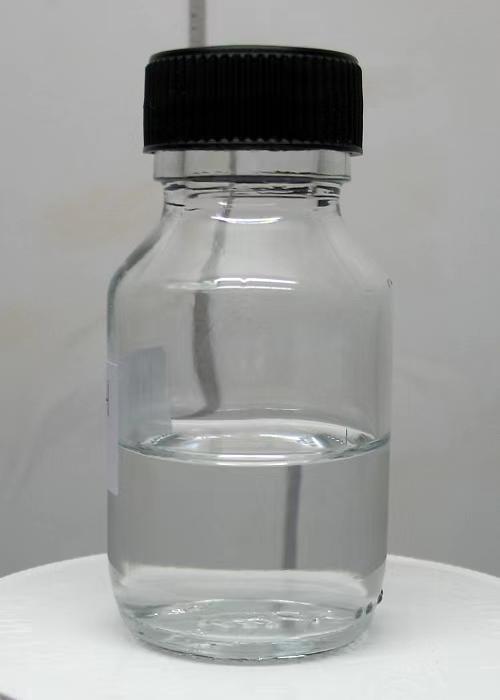



Innovative Applications of Polyacrylamide Nanoparticles in Drug Delivery and Biomedicine
The Multifaceted Applications of Polyacrylamide Nanoparticles
Polyacrylamide nanoparticles (PAM NPs) have emerged as a significant class of materials within the fields of nanotechnology and material science. The unique properties of these nanoparticles, stemming from their structure and functionality, make them suitable for a wide array of applications, including drug delivery, environmental remediation, and biomedical research.
Polyacrylamide is a synthetic polymer that can be cross-linked to form networks, yielding nanoparticles with desirable characteristics such as controlled size distribution, high surface area, and tunable chemical properties. The ability to tailor the physical and chemical attributes of PAM NPs has garnered significant interest from researchers and industries alike.
Drug Delivery Systems
One of the most promising applications of polyacrylamide nanoparticles is in the field of drug delivery. PAM NPs can be engineered to encapsulate a variety of therapeutic agents, including anticancer drugs, peptides, and nucleic acids. Their biocompatibility and ability to be functionalized with targeting ligands enhance the specificity and efficacy of drug delivery.
Studies have shown that polyacrylamide nanoparticles can improve the solubility and stability of poorly water-soluble drugs. By modifying their surface with hydrophilic or hydrophobic groups, researchers can achieve a controlled release profile, minimizing side effects and maximizing the therapeutic effect. Moreover, the ability to target specific tissues or cells allows for the reduction of systemic toxicity, significantly improving patient outcomes.
Environmental Applications
polyacrylamide nanoparticles

Polyacrylamide nanoparticles are not limited to biomedical applications; they also show great potential in environmental remediation. Their high surface area and porosity make them effective adsorbents for the removal of contaminants from water and soil. For instance, PAM NPs can be used to capture heavy metals, dyes, and even organic pollutants from wastewater, thereby contributing to pollution control and environmental sustainability.
The functionalization of PAM nanoparticles with specific chemical groups enhances their affinity towards targeted pollutants. For example, by introducing carboxyl or amine groups, these nanoparticles can selectively bind to certain contaminants, facilitating their removal from the environment. The versatility of PAM NPs in environmental applications demonstrates their potential as effective solutions to pressing ecological challenges.
Biomedical Research
In addition to drug delivery, polyacrylamide nanoparticles are gaining traction in biomedical research for their use in diagnostics and as contrast agents in imaging techniques. Their ability to encapsulate imaging agents, such as fluorescent dyes or magnetic nanoparticles, enables enhanced visualization of biological processes in vivo.
Moreover, PAM NPs can serve as carriers for nucleic acid delivery, which is a critical component in gene therapy research. By protecting nucleic acids from degradation and facilitating cellular uptake, PAM NPs can significantly increase the efficiency of gene transfer, thereby advancing the development of novel therapeutic strategies.
Conclusion
In summary, polyacrylamide nanoparticles represent a versatile platform with widespread applications across various fields. Their ability to be tailored for specific purposes in drug delivery, environmental remediation, and biomedical research makes them an invaluable tool for scientists and researchers. As technology continues to advance, the potential of PAM NPs is expected to expand, leading to innovative solutions that address both medical and environmental challenges. Continued research and development are essential to fully harness the capabilities of polyacrylamide nanoparticles, paving the way for groundbreaking advancements in nanotechnology and its applications.
-
Why Sodium Persulfate Is Everywhere NowNewsJul.07,2025
-
Why Polyacrylamide Is in High DemandNewsJul.07,2025
-
Understanding Paint Chemicals and Their ApplicationsNewsJul.07,2025
-
Smart Use Of Mining ChemicalsNewsJul.07,2025
-
Practical Uses of Potassium MonopersulfateNewsJul.07,2025
-
Agrochemicals In Real FarmingNewsJul.07,2025
-
Sodium Chlorite Hot UsesNewsJul.01,2025










